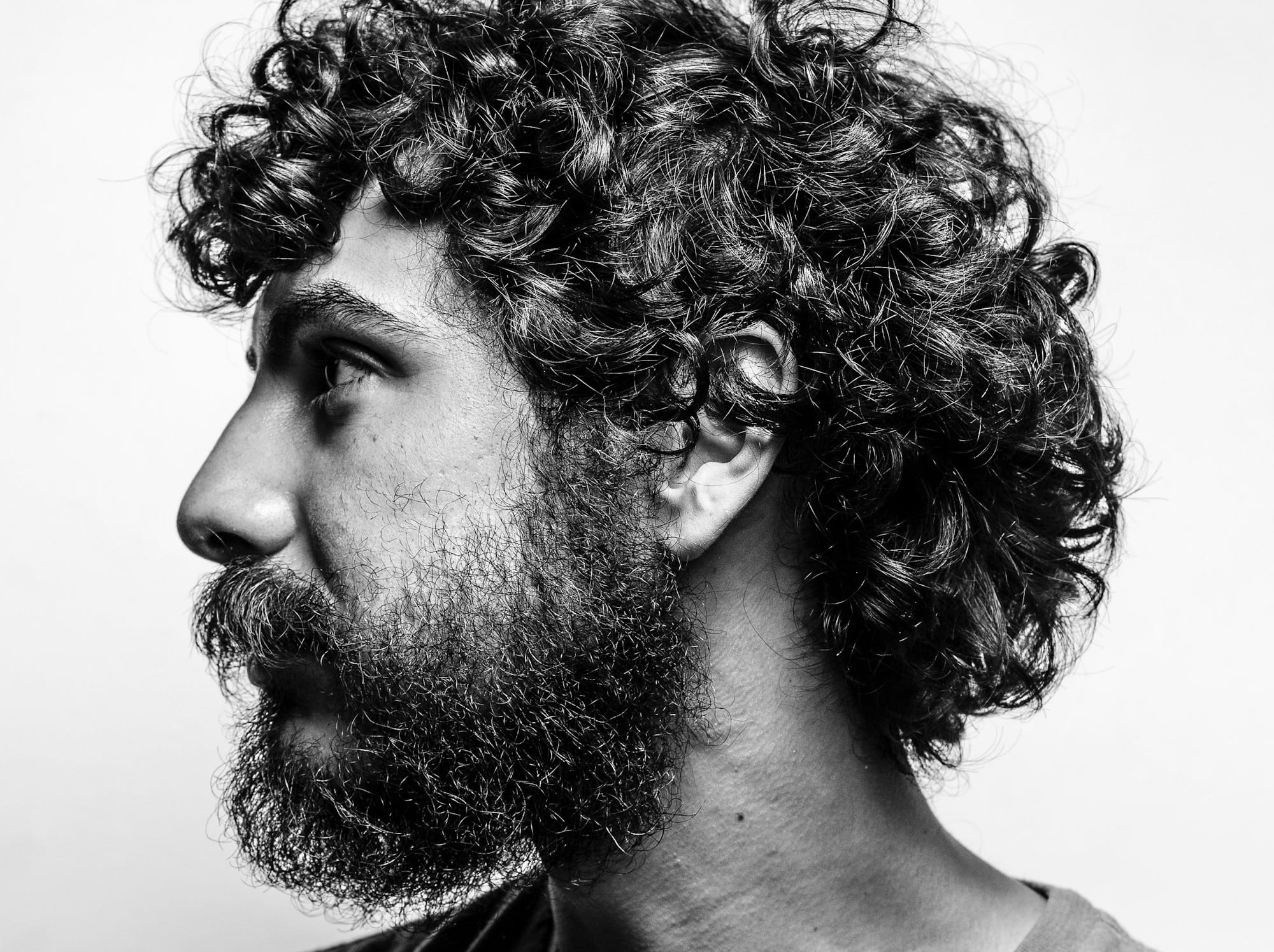Innovations in hair transplantation, including robotic systems, enhance precision and coverage. Multiple sessions may be needed for optimal results.
Introduction to Hair Transplant
A hair transplant is a medical procedure that moves hair follicles from one part of your body, typically the back or sides of the scalp, to areas experiencing hair loss. This technique is commonly utilized to treat male pattern baldness but can also address other forms of hair thinning and balding. The procedure is highly effective in restoring a natural hairline and improving overall hair density, making it a popular choice for individuals looking to rejuvenate their appearance and regain confidence.
Modern hair transplant methods have evolved significantly over the years. Techniques such as Follicular Unit Extraction (FUE) and Follicular Unit Transplantation (FUT) offer minimally invasive options with excellent success rates. These advancements mean that today's hair transplants are less painful, quicker to recover from, and deliver more natural-looking results. However, like any medical procedure, it requires careful consideration and consultation with a qualified specialist to ensure it is the right option for you.

Benefits of Hair Transplants
A hair transplant can fundamentally boost your self-confidence and self-esteem, especially if you have been self-conscious about hair loss or thinning. Beyond aesthetics, this procedure can positively impact your social and professional life, giving you a renewed sense of vigor and presence. Whether it's through the meticulous Follicular Unit Transplantation (FUT) or the highly advanced Follicular Unit Extraction (FUE), a hair transplant can provide a permanent solution to hair loss, offering you natural-looking and long-lasting results.
The benefits of a hair transplant extend to the simplified care routine that follows. Unlike wigs or hairpieces, transplanted hair grows naturally, requiring no special maintenance beyond your regular grooming habits. This can save you significant time and expense in the long run. Additionally, modern techniques and technologies ensure that the results are seamless and natural, blending with your existing hair to the point where it becomes virtually indistinguishable.
Different Types of Hair Transplants
There are primarily two types of hair transplant techniques that dominate the field today: Follicular Unit Transplantation (FUT) and Follicular Unit Extraction (FUE). Each method involves harvesting hair follicles from the donor area, typically the back or sides of the scalp, and transplanting them to the areas experiencing hair loss. In FUT, also known as the 'strip method,' a strip of scalp is removed and then dissected into individual follicular units under a microscope. This method generally results in a linear scar at the donor site but can be advantageous for covering larger areas of baldness.
On the other hand, FUE involves extracting individual follicular units directly from the donor area using a tiny punch tool. This technique leaves minimal, dot-like scars that are often barely visible, making it particularly appealing for those who prefer to wear short hairstyles. Both methods have their pros and cons, depending on your specific needs, hair type, and personal preferences. Consulting with a qualified specialist can help determine which approach is best suited for your unique situation.
Potential Risks and Complications
Hair transplantation, while generally safe, is not without risks and complications. One possible issue includes minor side effects such as temporary bruising or swelling in the recipient area, particularly during the first night post-procedure. In rare instances, infection or tissue death can occur, particularly if proper aftercare is not followed diligently. Additionally, patients might notice tiny white scars, especially with the Follicular Unit Extraction (FUE) method, though these are generally minor and can be easily camouflaged by existing hair.
Medical conditions and psychological disorders can further complicate hair transplantation. Conditions like smoking, diabetes with microvascular damage, and hypertension may affect the healing process and overall outcome. Advanced balding or significant sun damage to the scalp can create additional challenges. Patients with psychological disorders, notably those with body dysmorphic disorder (BDD) or trichotillomania, are at a higher risk of dissatisfaction. Proper assessment and identification of these conditions are crucial to ensure both the safety and satisfaction of the patient undergoing the procedure.
Long-Term Results and Maintenance
Hair transplants typically yield impressive long-term results, but maintaining your new hair's health and appearance requires ongoing care. Initially, you might need to wait several months to see significant growth, as the transplanted follicles gradually adapt to their new location. Post-surgery, taking prescribed medications such as minoxidil or finasteride can promote further growth and prevent future hair loss. Ensuring you follow a balanced diet rich in vitamins and nutrients will help sustain the health and vitality of your new hair.
Regular follow-ups with your surgeon are crucial to monitor the progress and address any concerns. While most individuals find they don't need additional treatments for several years, some may opt for touch-up procedures to achieve their desired density or to compensate for continuing hair loss in other areas. Staying committed to a thorough hair care routine and protecting your scalp from sun damage can significantly prolong the life of your hair transplant, offering a more lasting solution to hair loss.
Turkish Hair Transplants
Turkey has gained international acclaim as a leading destination for hair transplants. Renowned for its combination of high-quality medical standards and affordability, Turkey attracts thousands of patients annually seeking to restore their hair. The country boasts a large number of specialized clinics, many of which are staffed by highly experienced surgeons who utilize cutting-edge technologies in hair transplantation procedures. This has enabled Turkey to build a reputation for delivering impressive results, making it a preferred choice for individuals from various parts of the world.
What makes Turkish hair transplants particularly appealing is the comprehensive packages offered by many clinics. These packages often include not just the surgery, but also accommodations, transportation, and post-operative care, ensuring a seamless and stress-free experience for international patients. Additionally, the competitive pricing means that even with travel costs, a Turkish hair transplant is often more economical compared to the same procedures in North America or Europe. This blend of quality, affordability, and convenience makes Turkey an exceptional option for those considering a hair transplant.

